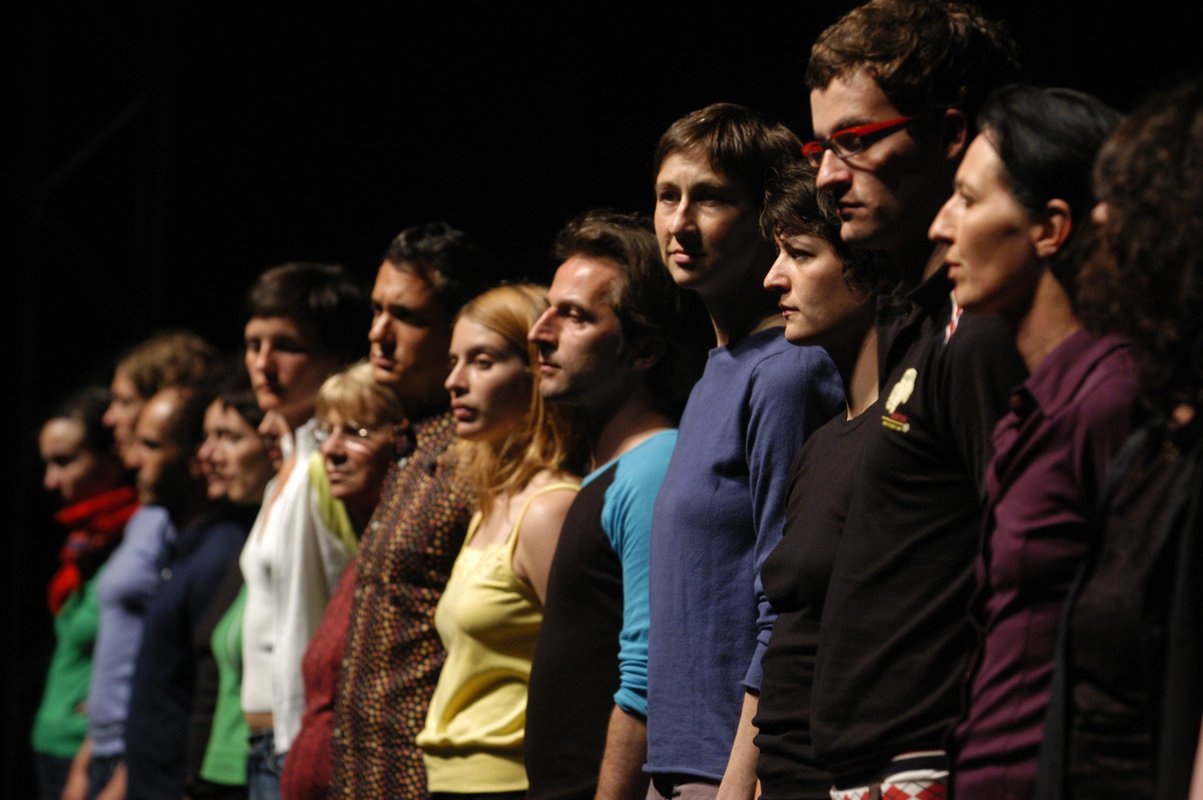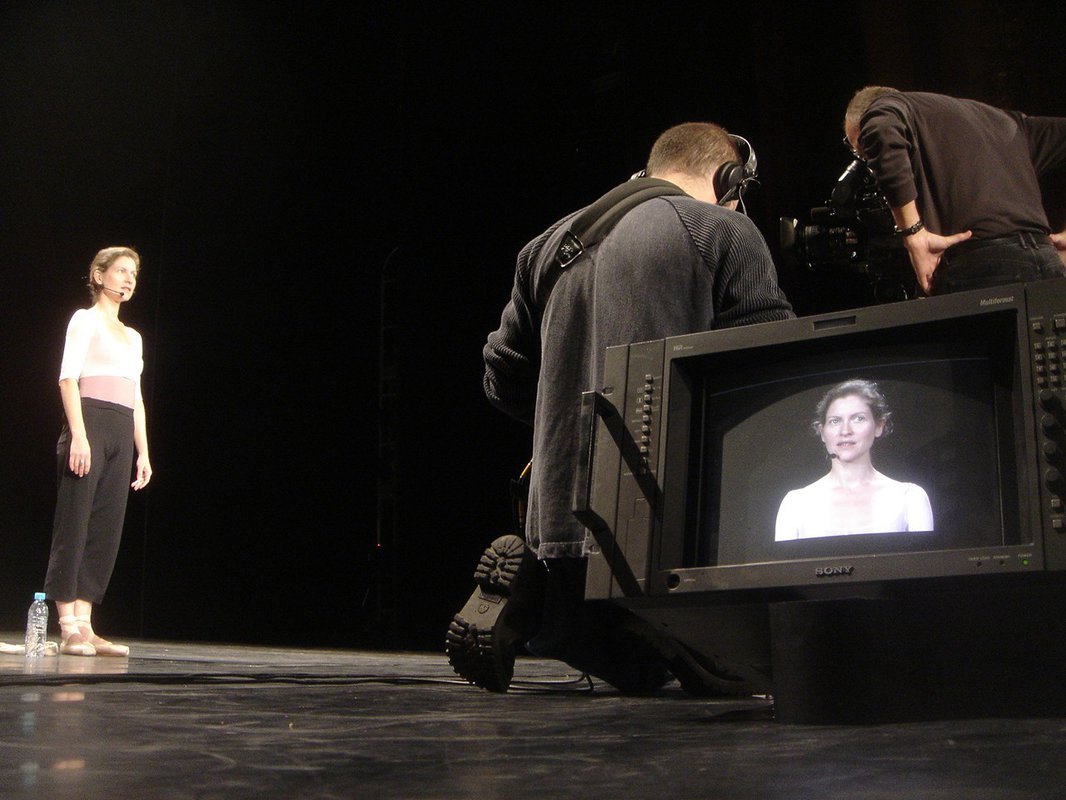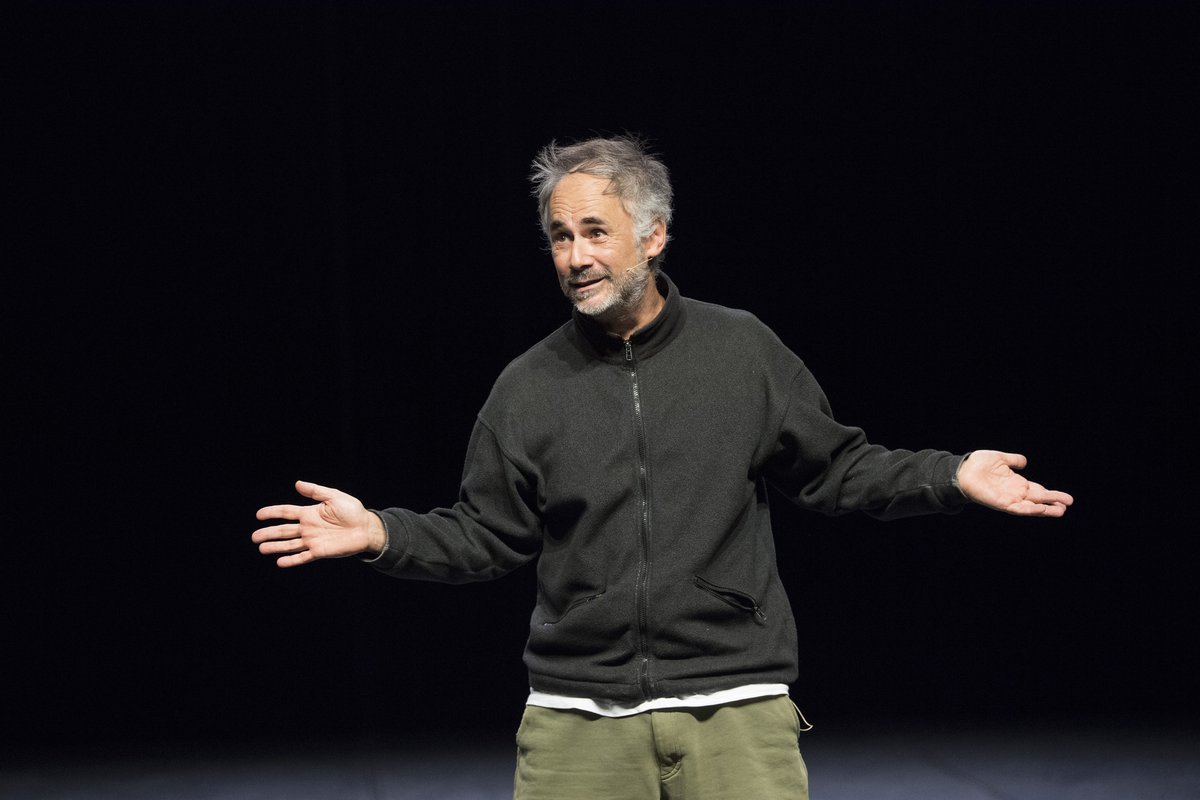Danza
Jérôme Bel
Author
In his first pieces (name given by the author, Jérôme Bel, Shirtology), Jérôme Bel applied structuralist operations to dance in order to single out the primary elements of the theatrical spectacle. The neutralization of formal criteria and the distance he took from the choreographic language led him to reduce his pieces to their operational minimum, to better bring out a critical reading of the economy of the scene and the body on it.
Through the use of biography, Jérôme Bel politicizes his questions, aware of the crisis that surrounds the subject in contemporary society and the forms that its representation on stage takes. By offering the stage to non-traditional performers (amateurs, people with physical and mental disabilities, children...), he shows a preference for the community of differences over the formatted group, and a desire to dance over choreography, and duly applies the methods of a process of emancipation through art.
Since 2019, for ecological reasons, Jérôme Bel and his company no longer use airplanes for their travels and it is with this new paradigm that his latest performances (Xiao Ke, Laura Pante, Dances for Wu-Kang Chen, Jérôme Bel...) have been created and produced.

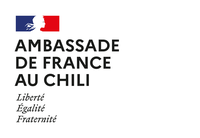

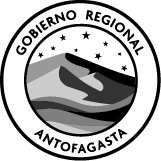
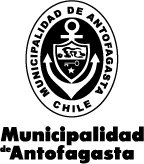

Jérôme Bel - Versión Norte
By Jérôme Bel | Directed by María Siebald | Version for Santiago de Chile
- Chile
- France
- + 14 years
In this piece, worked on in Santiago de Chile by the scenic artist María Siebald, the famous French choreographer draws for the first time the danced portrait of his discipline, after having focused exclusively on the life of the dancers. In this version, his creation, described as the most "self-bio-choreographic", will also be " translated" into sign language.
Jérôme Bel, directed by the actress and multidisciplinary artist María Siebald, is a staging created and structured from the auto-bio-choreographic, where the focus will be on achieving a transcript of its author rather than a representation of it.
Being an extension of Jérôme Bel's story and body, the interpreters will become a device of discursive and corporal transcription, becoming an instrument that will be articulated from the text and the choreographer's voice-over, and also from the voice-over of the same interpreter who signs. Two simultaneous languages of different sensory, auditory, and visual nature respectively.
By inviting the audience to experience a discursive work through a visual language, sign language is installed as an effective scenic body support and as a territory conducive to dance, which the choreographer decides to present as a lecture.

Dates:
THU
Jan
11
6 p.m.
FRI
Jan
12
6 p.m.
Fundación Minera Escondida
Antofagasta
Recomendamos llegar con 30 minutos de anticipación
Entradas agotadas
Evento gratuito
Fundación Minera Escondida
Antofagasta
Evento gratuito. Diálogo post función
NUEVOS CUPOS ABIERTOS PARA FUNCIÓN DEL 12 DE ENERO EN ANTOF A MIL.
INGRESO POR ORDEN DE LLEGADA HASTA AGOTAR AFORO
SE PRIORIZARÁ A QUIENES TENGAN TICKETS
Jérôme Bel
Author
In his first pieces (name given by the author, Jérôme Bel, Shirtology), Jérôme Bel applied structuralist operations to dance in order to single out the primary elements of the theatrical spectacle. The neutralization of formal criteria and the distance he took from the choreographic language led him to reduce his pieces to their operational minimum, to better bring out a critical reading of the economy of the scene and the body on it.
Through the use of biography, Jérôme Bel politicizes his questions, aware of the crisis that surrounds the subject in contemporary society and the forms that its representation on stage takes. By offering the stage to non-traditional performers (amateurs, people with physical and mental disabilities, children...), he shows a preference for the community of differences over the formatted group, and a desire to dance over choreography, and duly applies the methods of a process of emancipation through art.
Since 2019, for ecological reasons, Jérôme Bel and his company no longer use airplanes for their travels and it is with this new paradigm that his latest performances (Xiao Ke, Laura Pante, Dances for Wu-Kang Chen, Jérôme Bel...) have been created and produced.
PATROCINA


COLABORA



